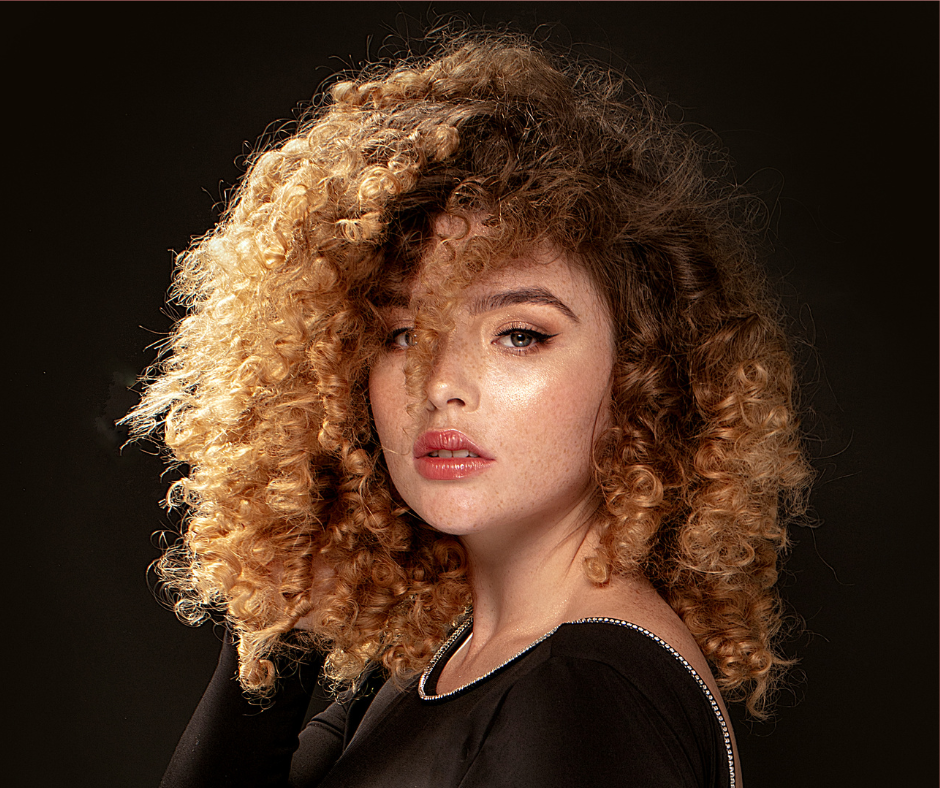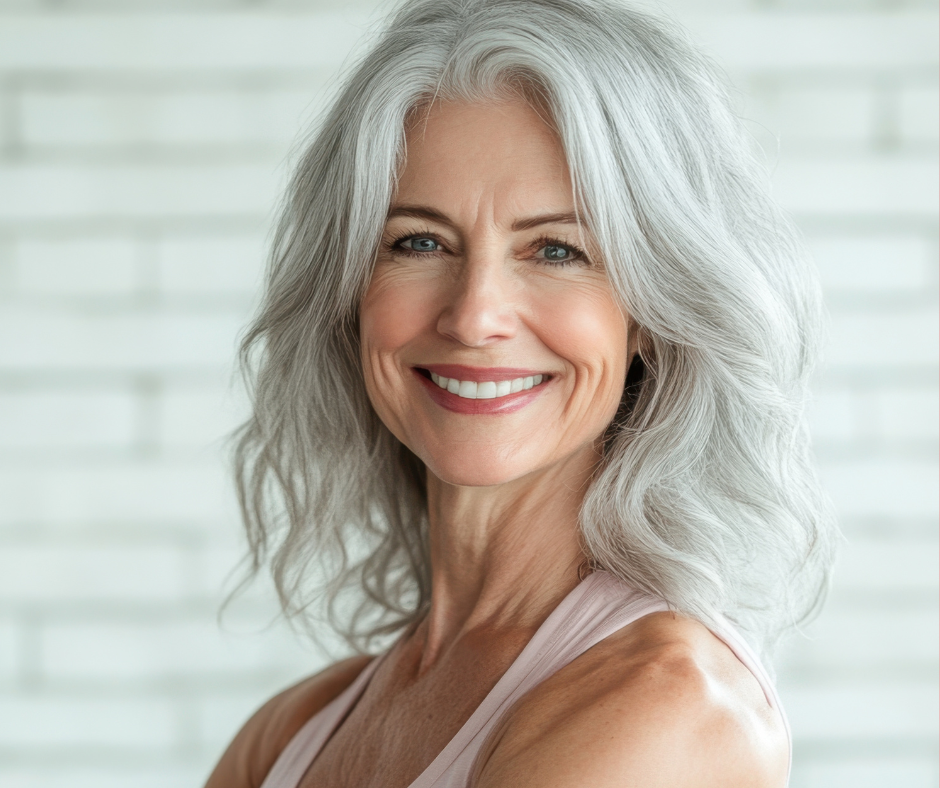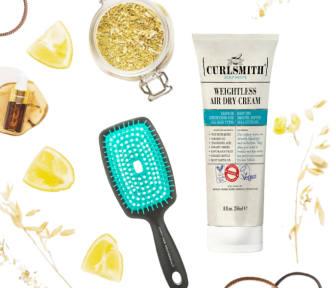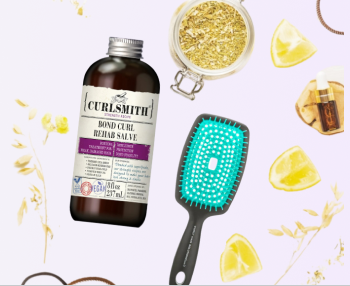Winter is here, or very nearly, depending on the time you're reading this. Perhaps you’ve already noticed changes in your hair. Maybe it is flat, dry, or frizzy but it certainly isn’t the same hair you had this past summer. So now what to do?
The temperatures are dropping which will add an element of dryness to the air. This is the time we need to start thinking about more moisture and film forming humectants.
Let’s start with moisture…
What is moisture?
Ultimately moisture is water! So the first ingredient you want to look for on your product label is water/aqua. This is the time you might want to consider cleansing your hair a bit more often so here’s a few ideas for adding or maintaining moisture in your routine:
1. If you hair loves a bubbly shampoo use one. If that sounds too drying, try co-washing with your conditioner.
2. Another option to make your shampoo a bit less strong or drying is to dilute it in your hand (not directly in the bottle) or use a separate container.
3. Or try an oil pre-poo to add flexibility to your hair. This also helps your hair from taking in or losing so much water.
Film-Forming Humectants
Now water isn’t the only thing your hair needs of course – your product needs to have humectants… wait a minute, aren’t we avoiding humectants? Remember humectants are curl activators and they help manage the amount of water going in and going out of your hair.
Sometimes you will find that simple humectants like glycerin(e), propylene glycol, and sorbitol are either too heavy or they just exasperate the dryness and frizz. You need to look for film forming humectants. Just as the name states, these ones will coat each hair in a way that allows less water to be released. The main ones to look for are plant gels like flaxseed, okra, aloe vera gel, xantham gum, hydroxyethylcellose, etc. Panthenol is another humectant known to be a bit less fussy compared to glycerine.
Not everyone’s hair reacts to glycerine. It is a really common humectant so once you remove it from your line-up you have fewer options for products. Don’t be afraid to try products with it in there. If glycerine is listed below the 7th ingredient in the list the amount in the product is very low.

Using Simple Humectants in Winter
A great way to use simple humectants successfully in the winter is to have a leave in as your first styling product. An example of lightweight leave in conditioners are Curl Keeper Slip or Innersense Sweet Spirit Leave-in Conditioner which is a liquid that you can just spray on.

In the medium weight category, I would suggest the Curl Keeper Leave In Conditioner or the Inahsi Naturals Aloe and Hibiscus Leave In Conditioner.
If you prefer a very moisturizing and heavier leave in, I recommend the Miribel Naturals Dreamy Hair Cream or Uncle Funky’s Daughter Supercurl.
Hydrolyzed Proteins
Another way to help maintain moisture by using products with hydrolyzed proteins, especially the larger ones like wheat and oat. If you know your hair is a bit fussy with proteins, then stick with smaller ones like silk protein or silk aminos. Proteins fill in the cracks and they help to trap moisture in the hair, acting like a humectant.
Deep Conditioning for Moisture
In the winter most of us find that we might need a heavier conditioner or maybe we need to deep condition a bit more often. For lubrication, nothing beats a good conditioner be it rinsed out, left in, or a deep treatment. Conditioners work by leaving some of the product in the hair. This helps keep that moisture in. During the winter (or anytime really) the action of squish to condish will ensure your conditioner is pumped into the hair. Remember conditioners are positively charged and will stay with our naturally negatively charged hair - meaning they never fully rinse away, even if they don't contain ingredients most people following the Curly Girl / Curly Hair Method avoid, such as silicones.
In the winter consider changing your once-a-month treatment to twice a month, maybe even weekly. Ecoslay Banana Cream Deep Conditioner works great for cold dry winters.
If you want to mix the heavy, creamy Banana Cream Deep Conditioner with protein you could try the Ecoslay Matcha Boost Protein Shake just prior to the Banana Cream. Or have an experiment and mix them together - really anything goes!
Relative Humidity and Dew Points
Now is the time to start watching your relative humidity and your dew points. A lower dew point means less moisture is in the air because cold air cannot hold moisture as much as warm air. This dryness leads to flatness and less definition in your wavy or curly hair. So lower dew points (-1C/30F or less) will almost always be dry cold air with little moisture.
Hair might hold the moisture when the relative humidity is above 50%. Those who live in coastal zones may find the humidity stays higher all year round. Relative humidity and dew points work together but getting the right combination of products for your hair, humidity, and dew point is a science and an art so you will still need to experiment with what works for your hair.
Protect Your Hair

Last but not least when you are outside – wear a hat! Or, as we call them here in Canada, “toques”. The satin-lined ones will not create the friction that most regular hats will, resulting in less frizz and dryness when you take the hat off. Curl Warehouse carries beautiful satin-lined hats from Crown & Collar.
References
1. Science-y Hair Blog, Glycerin and Humidity (http://science-yhairblog.blogspot.com/2015/02/glycerin-and-humidity.html)
2. Science-y Hair Blog, Autumn to Winter Hair and Humidity (https://science-yhairblog.blogspot.com/2011/11/autumn-to-winter-hair-and-humidity.html)








